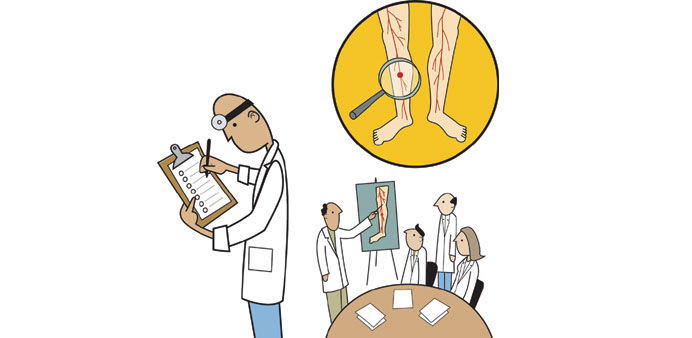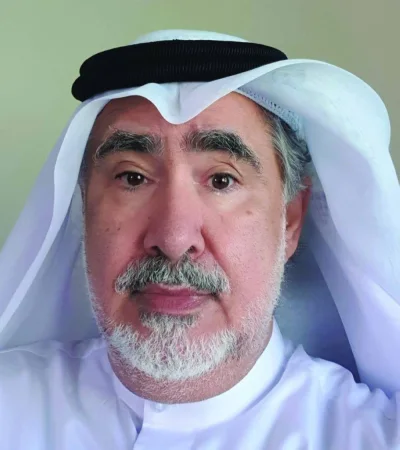By Walter Willems/Glasgow/DPA
What is your name? The doctor asks a man on a stretcher in a corridor of the University of Pittsburgh Medical Centre (UPMC). The man moves his hands and lips, but is mute. Medical intervention is begun immediately.
“I could see the words, but I couldn’t speak them,” the man says several hours later from a hospital bed, no longer showing signs of having suffered a serious stroke.
The scenes are from a UPMC video on YouTube, and the doctor is Tudor Jovin, director of its Stroke Institute, who explains the benefits of a new clot-retrieval procedure known as endovascular treatment (ET).
The UPMC participated in what it called a “landmark” study of ET, one of two global trials of the stroke treatment that were published online in the prestigious New England Journal of Medicine (NEJM) early this year and recently presented at the European Stroke Organisation Conference in Glasgow, Scotland.
“People applauded during the presentations. That doesn’t happen often,” said Dr Hans-Christoph Diener, director of the Clinic for Neurology at Essen University Hospital in Germany and co-author of one of the trials, called Swift Prime.
The reason for the excitement is that both trials confirmed the findings of three previous trials also published in NEJM: namely, the addition of ET to current pharmaceutical treatment significantly reduced permanent disability in stroke patients.
“We’re on the verge of a revolution in acute stroke care,” says Jovin, who was involved in both trials, in the UPMC video.
An ischaemic stroke, the most common kind by far, typically occurs when a blood clot blocks an artery to the brain. The interrupted blood flow causes brain cells to die, and about one in three patients remains permanently disabled, for example by paralysis or speech impairment.
To restore blood flow, doctors have relied on intravenous injection of drugs that dissolve the blood clot. This is usually insufficient when a large artery responsible for anterior cerebral circulation is blocked, however, in which case the addition of ET can be decisive.
ET generally takes about 30 to 45 minutes. A neuroradiologist - following the procedure on a monitor - inserts a micro-catheter in a blood vessel in the groin and threads it through the aorta and carotid artery into the blocked vessel in the brain. The catheter is pushed into and past the clot, after which a stent is deployed, its expansion creating a channel for restored blood flow.
Then the stent is used to snag the blood clot and pull it out of the body.
“It’s a race against time,” Jovin says in the video. “The faster you restore blood flow to the brain, the more brain you save and the higher the chance of a good outcome.”
In the Swift Prime trial, 196 stroke patients received - determined by lot - either a clot-busting drug only or the drug supplemented with ET. About 60% of those given ET had returned to functional independence after 90 days, compared with less than 36% from the other group. There was hardly any difference in the frequency of side effects.
Dr Joachim Roether, a neurologist and spokesman for the German Stroke Society, said ET had already been incorporated in European stroke therapy guidelines. Judging from all the trials to date, he said, four to six patients must receive ET in order for one to retain functional independence.
“In the field of medicine, that’s an unbelievably good result,” he remarked.
The procedure also pays off in monetary terms, points out Dr Jens Fiehler, a neuroradiologist at Hamburg-Eppendorf University Medical Centre in Germany. Although ET is expensive, “you can keep a patient from becoming permanently bedridden and care-dependent,” he said. “Endovascular therapy is one of the most cost-efficient procedures imaginable.”


